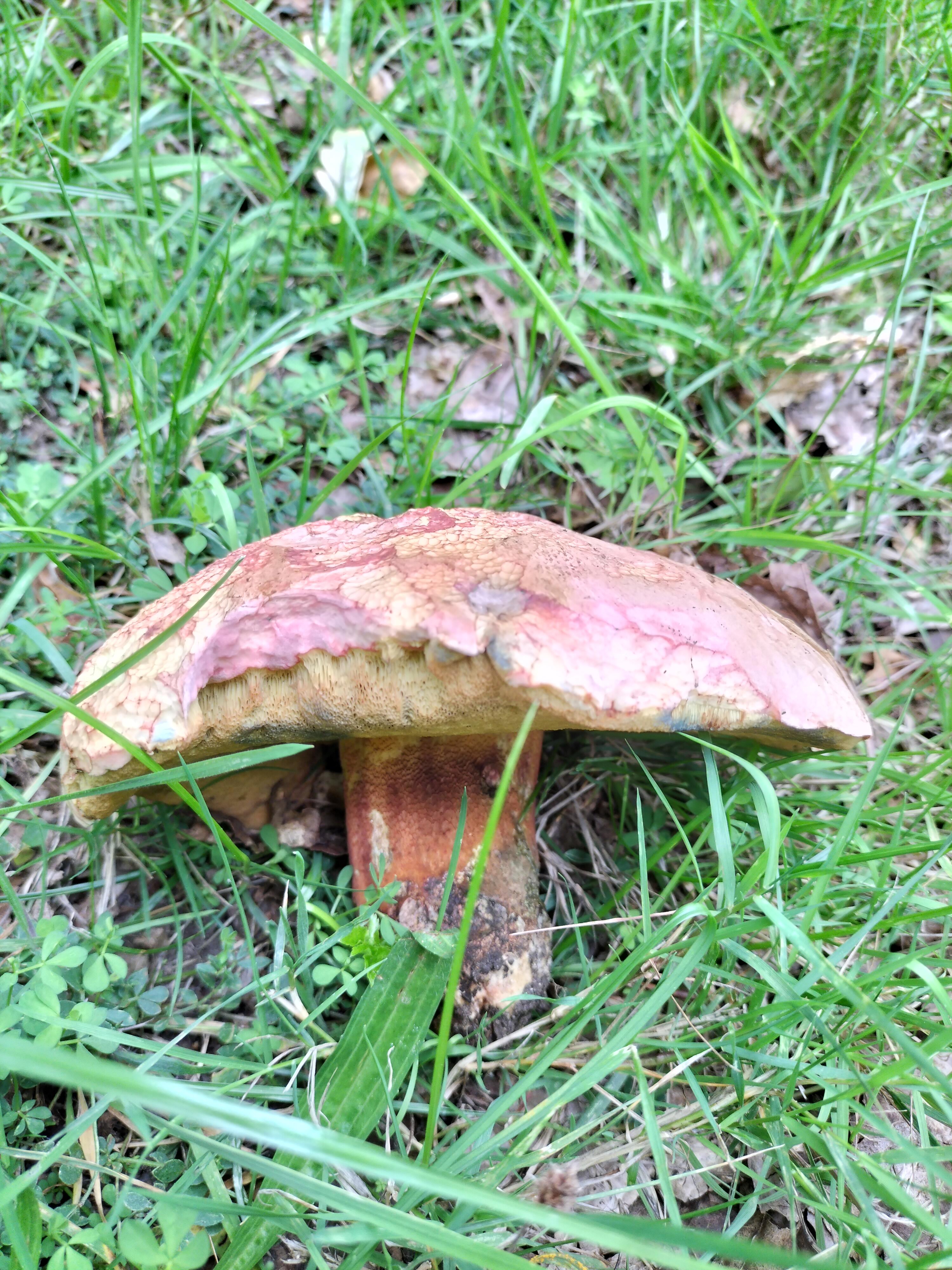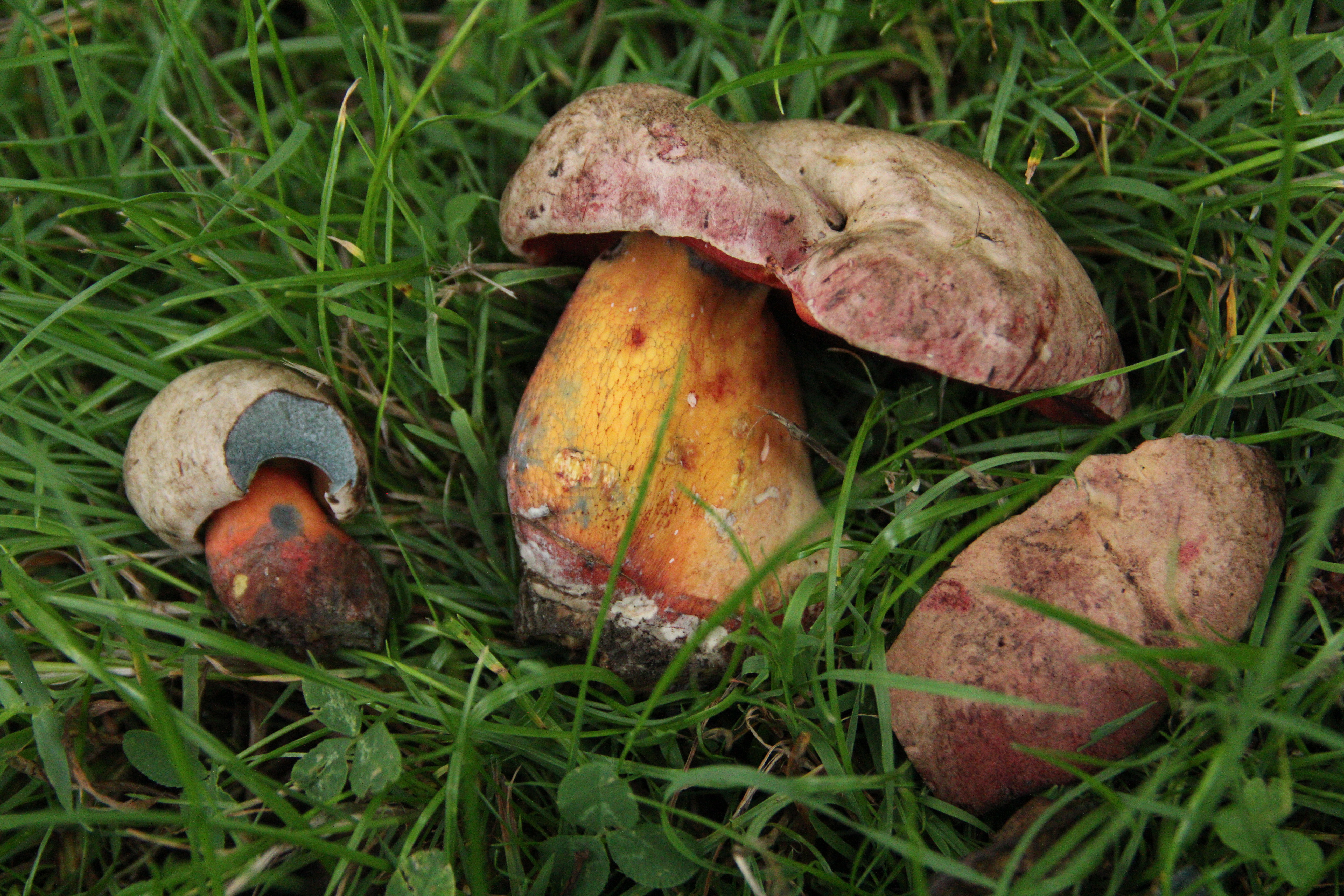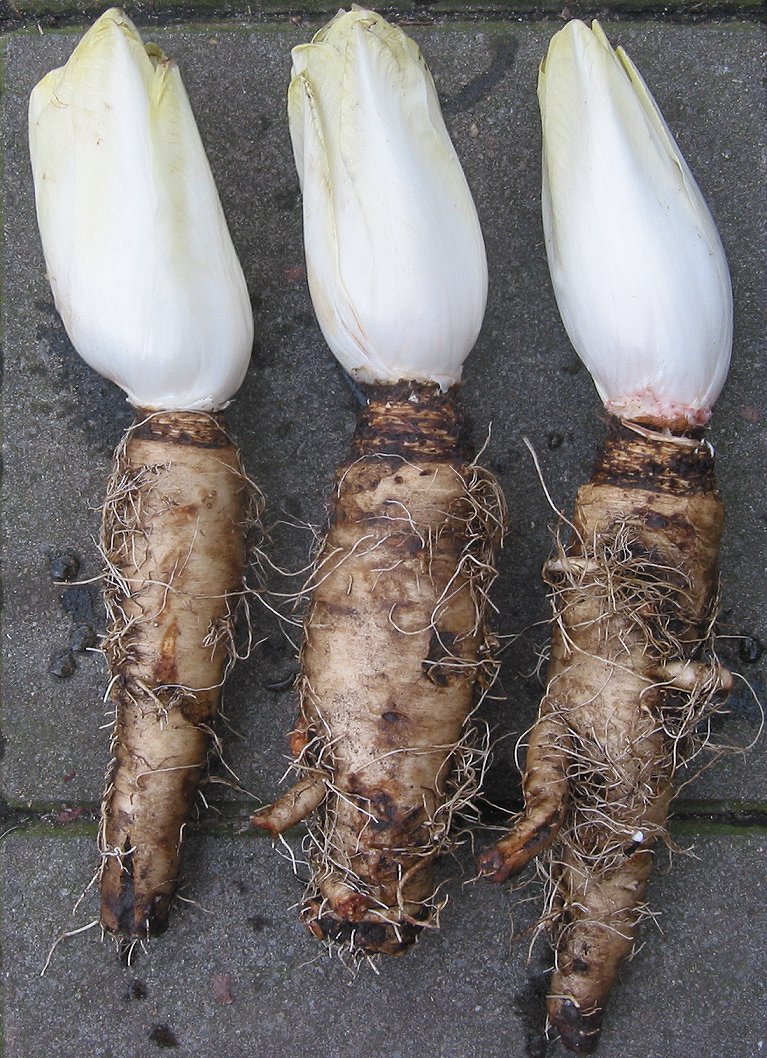|
Rubroboletus Legaliae
''Rubroboletus legaliae'', previously known as ''Boletus splendidus'', ''B. satanoides'', and ''B. legaliae'' is a basidiomycete fungus of the family Boletaceae. It is poisonous, with predominantly gastrointestinal symptoms, and is related to ''Rubroboletus satanas''. ''Boletus legaliae'' was described by Czech mycologist Albert Pilát in 1968. It is named after the French mycologist Marcelle Le Gal. It's uncommon in Southern England, and Europe, and grows with oak (''Quercus'') and beech ('' Fagus'') often on neutral to acid soils. It is considered vulnerable in the Czech Republic. In Britain, all of the boletes in the ''Satanas'' group are either very rare, endangered, or extinct. Description The cap is initially off-white, or coffee-coloured at the button stage. In mid life it often (but not always) turns a pale mouse grey. In old age the cap turns reddish, or what has been described as 'old rose'. It may reach in diameter. The stipe is stocky, with a narro ... [...More Info...] [...Related Items...] OR: [Wikipedia] [Google] [Baidu] |
Albert Pilát
Albert Pilát (November 2, 1903 – May 29, 1974) was a Czech botanist and mycologist. He studied at the Faculty of Science at Charles University, under the guidance of Professor Josef Velenovský. In 1930, he joined the National Museum, eventually becoming head of the Mycological Department, and in 1960 a corresponding member of the academy. He was the author of many popular and scholarly publications in the field of mycology and mountain flora. He also served as the main editor of the scientific journal ''Czech Mycology'', and described several species of fungi. His areas of particular interest include polypores and boletes. He explored the Carpathians looking for fungi and travelled widely. He was also a skilled photographer. In 1934, Josef Velenovský published in Monogr. Discom. Bohem. vol.35 on page 289, a genus Genus ( plural genera ) is a taxonomic rank used in the biological classification of extant taxon, living and fossil organisms as well as Virus classification#I ... [...More Info...] [...Related Items...] OR: [Wikipedia] [Google] [Baidu] |
Pileus (mycology)
The pileus is the technical name for the cap, or cap-like part, of a basidiocarp or ascocarp (fungal fruiting body) that supports a spore-bearing surface, the hymenium.Moore-Landecker, E: "Fundamentals of the Fungi", page 560. Prentice Hall, 1972. The hymenium (hymenophore) may consist of lamellae, tubes, or teeth, on the underside of the pileus. A pileus is characteristic of agarics, boletes, some polypores, tooth fungi, and some ascomycetes. Classification Pilei can be formed in various shapes, and the shapes can change over the course of the developmental cycle of a fungus. The most familiar pileus shape is hemispherical or ''convex.'' Convex pilei often continue to expand as they mature until they become flat. Many well-known species have a convex pileus, including the button mushroom, various ''Amanita'' species and boletes. Some, such as the parasol mushroom, have distinct bosses or umbos and are described as ''umbonate''. An umbo is a knobby protrusion at the center of th ... [...More Info...] [...Related Items...] OR: [Wikipedia] [Google] [Baidu] |
Poisonous Fungi
This is a compendium of poisonous fungi. See also mushroom poisoning. List of toxic mushroom species ''There are poisonous fungus species listed below.'' List of suspicious mushroom species See also *List of deadly fungi *List of poisonous animals *List of poisonous plants *Mushroom poisoning * Mycotoxicology *Mycotoxin A mycotoxin (from the Greek μύκης , "fungus" and τοξίνη , "toxin") is a toxic secondary metabolite produced by organisms of kingdom Fungi and is capable of causing disease and death in both humans and other animals. The term 'mycotoxin' ... References External links *{{commons category-inline poisonous fungi, List of ... [...More Info...] [...Related Items...] OR: [Wikipedia] [Google] [Baidu] |
Rubroboletus Spinari
''Rubroboletus'' is a genus of bolete fungi in the family Boletaceae. It was circumscribed by Chinese mycologists in 2014 with '' Rubroboletus sinicus'' as the type species. Species are characterized by having a reddish cap surface, yellow tubes on the underside of the cap, and an orange-red to blood-red pore surface. Pinkish to red spots (reticula) are present on the stipe surface, and a bluish color change occurs when the bolete flesh is injured. ''Rubroboletus'' mushrooms have an olive-brown spore print, and produce smooth spores. Eight species were included in the original circumscription (seven new combinations and one new species); five were added in 2015, and another in 2017. Although ''R. sinicus'' is sold in markets in Yunnan, China, the whole genus is usually deemed poisonous. Species *''Rubroboletus dupainii'' (Boud.) Kuan Zhao & Zhu L.Yang 2014 * '' Rubroboletus eastwoodiae'' (Murrill) D.Arora, C.F.Schwarz & J.L.Frank 2015 *'' Rubroboletus esculentus'' Zhao, K., ... [...More Info...] [...Related Items...] OR: [Wikipedia] [Google] [Baidu] |
Rubroboletus Legaliae
''Rubroboletus legaliae'', previously known as ''Boletus splendidus'', ''B. satanoides'', and ''B. legaliae'' is a basidiomycete fungus of the family Boletaceae. It is poisonous, with predominantly gastrointestinal symptoms, and is related to ''Rubroboletus satanas''. ''Boletus legaliae'' was described by Czech mycologist Albert Pilát in 1968. It is named after the French mycologist Marcelle Le Gal. It's uncommon in Southern England, and Europe, and grows with oak (''Quercus'') and beech ('' Fagus'') often on neutral to acid soils. It is considered vulnerable in the Czech Republic. In Britain, all of the boletes in the ''Satanas'' group are either very rare, endangered, or extinct. Description The cap is initially off-white, or coffee-coloured at the button stage. In mid life it often (but not always) turns a pale mouse grey. In old age the cap turns reddish, or what has been described as 'old rose'. It may reach in diameter. The stipe is stocky, with a narro ... [...More Info...] [...Related Items...] OR: [Wikipedia] [Google] [Baidu] |
Rubroboletus Legaliae With Highly Unusual Yellow Pores
''Rubroboletus'' is a genus of bolete fungi in the family Boletaceae. It was circumscribed by Chinese mycologists in 2014 with '' Rubroboletus sinicus'' as the type species. Species are characterized by having a reddish cap surface, yellow tubes on the underside of the cap, and an orange-red to blood-red pore surface. Pinkish to red spots (reticula) are present on the stipe surface, and a bluish color change occurs when the bolete flesh is injured. ''Rubroboletus'' mushrooms have an olive-brown spore print, and produce smooth spores. Eight species were included in the original circumscription (seven new combinations and one new species); five were added in 2015, and another in 2017. Although ''R. sinicus'' is sold in markets in Yunnan, China, the whole genus is usually deemed poisonous. Species *''Rubroboletus dupainii'' (Boud.) Kuan Zhao & Zhu L.Yang 2014 * ''Rubroboletus eastwoodiae'' (Murrill) D.Arora, C.F.Schwarz & J.L.Frank 2015 *'' Rubroboletus esculentus'' Zhao ... [...More Info...] [...Related Items...] OR: [Wikipedia] [Google] [Baidu] |
Rubroboletus
''Rubroboletus'' is a genus of bolete fungi in the family Boletaceae. It was circumscribed by Chinese mycologists in 2014 with '' Rubroboletus sinicus'' as the type species. Species are characterized by having a reddish cap surface, yellow tubes on the underside of the cap, and an orange-red to blood-red pore surface. Pinkish to red spots (reticula) are present on the stipe surface, and a bluish color change occurs when the bolete flesh is injured. ''Rubroboletus'' mushrooms have an olive-brown spore print, and produce smooth spores. Eight species were included in the original circumscription (seven new combinations and one new species); five were added in 2015, and another in 2017. Although ''R. sinicus'' is sold in markets in Yunnan, China, the whole genus is usually deemed poisonous. Species *''Rubroboletus dupainii'' (Boud.) Kuan Zhao & Zhu L.Yang 2014 * ''Rubroboletus eastwoodiae'' (Murrill) D.Arora, C.F.Schwarz & J.L.Frank 2015 *'' Rubroboletus esculentus'' Zhao ... [...More Info...] [...Related Items...] OR: [Wikipedia] [Google] [Baidu] |
Synonym (taxonomy)
The Botanical and Zoological Codes of nomenclature treat the concept of synonymy differently. * In botanical nomenclature, a synonym is a scientific name that applies to a taxon that (now) goes by a different scientific name. For example, Linnaeus was the first to give a scientific name (under the currently used system of scientific nomenclature) to the Norway spruce, which he called ''Pinus abies''. This name is no longer in use, so it is now a synonym of the current scientific name, ''Picea abies''. * In zoology, moving a species from one genus to another results in a different binomen, but the name is considered an alternative combination rather than a synonym. The concept of synonymy in zoology is reserved for two names at the same rank that refers to a taxon at that rank - for example, the name ''Papilio prorsa'' Linnaeus, 1758 is a junior synonym of ''Papilio levana'' Linnaeus, 1758, being names for different seasonal forms of the species now referred to as ''Araschnia le ... [...More Info...] [...Related Items...] OR: [Wikipedia] [Google] [Baidu] |
Chicory
Common chicory ('' Cichorium intybus'') is a somewhat woody, perennial herbaceous plant of the family Asteraceae, usually with bright blue flowers, rarely white or pink. Native to the Old World, it has been introduced to North America and Australia. Many varieties are cultivated for salad leaves, chicons ( blanched buds), or roots (var. ''sativum''), which are baked, ground, and used as a coffee substitute and food additive. In the 21st century, inulin, an extract from chicory root, has been used in food manufacturing as a sweetener and source of dietary fiber. Chicory is grown as a forage crop for livestock. "Chicory" is also the common name in the United States for curly endive ('' Cichorium endivia''); these two closely related species are often confused. Description When flowering, chicory has a tough, grooved, and more or less hairy stem. It can grow to tall. The leaves are stalked, lanceolate and unlobed; they range from in length (smallest near the top) and wide. The ... [...More Info...] [...Related Items...] OR: [Wikipedia] [Google] [Baidu] |
Wine (color)
The color wine or bordeaux, vinous, vinaceous, is a dark shade of red. It is a representation of the typical color of red wine. The first recorded use of ''wine'' as a color name in English was in 1705. The term "bordeaux" is also sometimes used to describe this color. Variations of wine Claret At right is displayed the color claret. Another name for this color is bordeaux. This color is a representation of the average color of bordeaux wine. The first recorded use of ''claret'' as a color name in English was in 1547. Burgundy Burgundy is a red color associated with the Burgundy wine of the same name, which in turn is named after the Burgundy region of France. The first recorded use of "burgundy" as a color name in English was in 1881. Wine dregs Wine dregs, or dregs of wine, is a deep tone of the color wine. It refers to the color of the lees of wine which settle at the bottom of a wine vessel. The first recorded use of ''wine dregs'' as a color name in ... [...More Info...] [...Related Items...] OR: [Wikipedia] [Google] [Baidu] |







